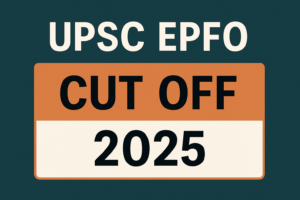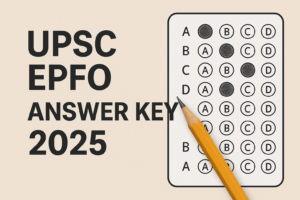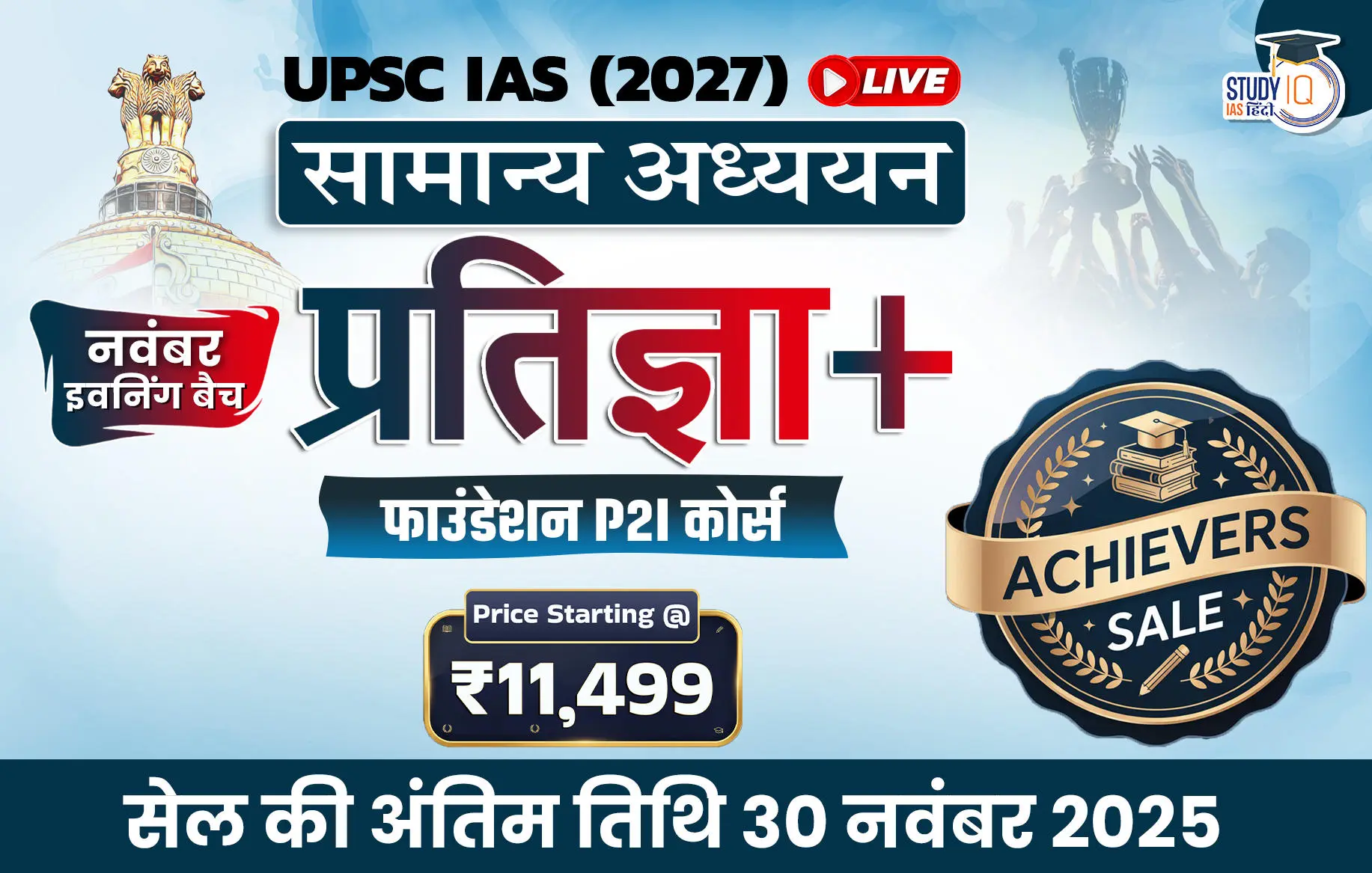Q13. Discuss the evolution of the collegium system in India. Critically examine the advantages and disadvantages of the system of appointment of the Judges of the Supreme Court of India and that of the USA. (Answer in 250 words)
Approach
|
Model Answer
India is the only country in the world that follows the Collegium System for appointing judges to the higher judiciary, while the USA follows a model of Presidential nomination with Senate confirmation. The Indian system evolved through judicial interpretations to safeguard independence, whereas the US system reflects democratic accountability through executive and legislative participation.
Evolution of Collegium System
- Constitutional Provision (1950): Article 124 & 217 – Judges appointed by President in consultation with CJI & judges.
- First Judges Case (1981): Consultation ≠ Concurrence → Executive primacy in appointments.
- Second Judges Case (1993): Overruled first judge case; Judicial primacy established → Birth of Collegium system.
- Third Judges Case (1998): Expanded collegium = CJI + 4 senior-most SC judges.
- National Judicial Appointments Commission (2014–15): Parliament created NJAC to include Executive & civil society.
- Struck down (2015) as violative of judicial independence (Supreme Court Advocates-on-Record Association v. Union of India).
Appointment of Judges in SC
| Provisions | Appointment of judges of Supreme Court of India | Appointment of federal judges in the USA |
| Role of President | Appointed by the President | Nominated by the President |
| Selection panel | Collegium system consists of the Chief Justice of India and four senior most judges. | Names of potential candidates are recommended by senators or at times by members of the House from the President’s political party. |
| Role of other organs | The collegium recommends a name to the President. In short, the judges appoint judges in India. | Executive and Legislative branches of the federal government have a voice in the composition of federal judges |
| Process of appointment | The judiciary is consulted by the executive before the appointment of judges | Executive nominates and after consultation with the state which passes the name by both houses of the legislature with majority. |
|
Qualifications |
1 He should be a citizen of India.
2 Should have been a judge of a high court for 5 years 3 Should have been an advocate of High court for 10 years or 4 Distinguished jurist in the opinion of the President. |
The Constitution mentions no specific requirements. Members of Congress and the Department of Justice have developed an informal criteria. |
Indian System
- Advantages:
- Judicial Independence: Keeps executive and legislature away, insulating judiciary from political pressures.
- Continuity and Institutional Culture: Senior judges ensure consistent standards of merit and experience.
- Insulation from Populism: Appointments not swayed by partisan politics or popular opinion.
- Disadvantages:
- Opaque & Non-Transparent: The entire process is collegium driven (less role of executive) and makes decisions behind closed doors.
- Weak Accountability Mechanisms: Not subject to institutional oversight bodies or public performance audits.
- Judicial misconduct cases are rare but serious, and impeachment is an impractical route (e.g., Justice Soumitra Sen (Calcutta HC) and Justice P.D. Dinakaran.)
-
-
- Allegations of Nepotism & Favoritism: Cases of “uncle judges” or favoritism in selections and promotions.
-
- Poor Demographic Representation: Higher judiciary remains dominated by upper-caste, male judges, leading to systemic underrepresentation of women, SCs, STs, and OBCs.
- Eg: 11 in since independence; 2 out of 34 in SC bench (as of sep 2024) and only one Scheduled Tribe judge.
- Executive Friction: Government occasionally returns/rejects names, leading to deadlocks.
-
-
- E.g., the Supreme court publicly criticized the Centre for “sitting on Collegium recommendations” for months.
-
US System
- Advantages:
- Transparency: Senate Judiciary Committee conducts public hearings, scrutinizing nominees’ qualifications and views.
- Democratic Legitimacy: Involves both elected branches (Executive + Legislature), giving process wider accountability.
- Checks and Balances: Prevents concentration of power in any one institution.
- Disadvantages:
- Politicization of Judiciary: Appointments often reflect ideological leanings (liberal vs conservative blocs).
- Partisan Deadlocks: Senate delays or rejects nominees due to political polarization.
- Perception of Bias: Judges seen as “political appointees,” risking erosion of judicial neutrality.
- Lifetime Tenure Issues: Appointments become battlegrounds since judges can shape law for decades.
Both India’s collegium system and the US model seek to balance judicial independence and accountability, though by different means. India avoids political interference but suffers opacity; the US ensures transparency but risks politicisation. Ultimately, judicial independence must always coexist with accountability, for it is only in this balance that the judiciary can preserve both its authority and the people’s trust.

 UPSC EPFO Cut Off 2025 (Expected): Categ...
UPSC EPFO Cut Off 2025 (Expected): Categ...
 UPSC EPFO Answer Key 2025 Out (Unofficia...
UPSC EPFO Answer Key 2025 Out (Unofficia...
 UPSC EPFO Question Paper 2025 PDF Downlo...
UPSC EPFO Question Paper 2025 PDF Downlo...

























